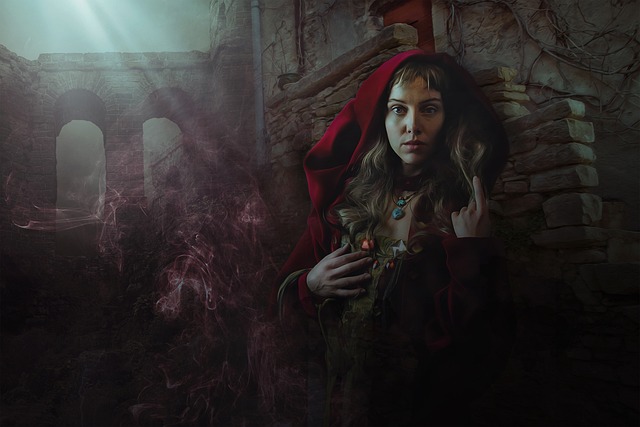pivot62.com – Mystique, one of the most enigmatic and complex characters in the Marvel Comics universe, is best known for her unparalleled shape-shifting abilities and her morally ambiguous nature. As a mutant with the power to mimic the appearance and voice of anyone, Mystique has played both villain and anti-hero roles throughout her storied history. This article explores the origins, abilities, and intricate persona of Mystique, highlighting her significance in the world of Marvel.
Origins and Background
Mystique, also known as Raven Darkhölme, first appeared in “Ms. Marvel” #16 in 1978, created by writer Chris Claremont and artist Jim Mooney. Her early life remains shrouded in mystery, contributing to her allure as a character. Over the years, it is revealed that Mystique has lived for over a century, using her shape-shifting powers to adopt various identities and manipulate events from the shadows.
Shape-shifting Abilities
Mystique’s primary mutant power is her ability to alter her physical appearance to match any person she chooses, down to the smallest detail. This includes replicating their voice, fingerprints, and even retinal patterns, making her an unmatched master of disguise. Her powers also grant her enhanced healing, agility, and longevity, allowing her to maintain her youthful appearance over decades. Mystique’s versatility and cunning make her a formidable opponent and a valuable asset to any team she chooses to join.
Role in the Marvel Universe
Throughout her history, Mystique has been involved with several prominent groups, including the Brotherhood of Evil Mutants and the X-Men. Her shifting allegiances and complex motivations make her a fascinating character who often operates in the gray areas between heroism and villainy. Mystique’s actions are frequently driven by her commitment to mutantkind and her desire for survival, which sometimes puts her at odds with other characters.
Relationships and Family Ties
Mystique’s relationships with other characters further complicate her narrative. She is the biological mother of the X-Men member Nightcrawler and the adoptive mother of Rogue, both of whom have had significant impacts on her life. Her interactions with these characters reveal a more vulnerable side, as she struggles with her desires for family and belonging against her often ruthless nature.
Cultural Impact and Legacy
Mystique’s character has garnered significant attention beyond the comics, appearing in numerous animated series, films, and video games. In the “X-Men” film series, Mystique is portrayed by actresses Rebecca Romijn and Jennifer Lawrence, bringing her character to life for a wider audience. Her iconic blue skin and yellow eyes, along with her shape-shifting prowess, make her one of the most visually striking and memorable characters in the Marvel universe.
Conclusion
Mystique, the master of disguise, continues to captivate fans with her complex character and extraordinary abilities. Her journey as a shape-shifter who defies easy categorization challenges traditional notions of heroism and villainy. As a symbol of transformation and adaptability, Mystique remains a powerful figure in the Marvel universe, embodying the themes of identity, survival, and the quest for belonging.



